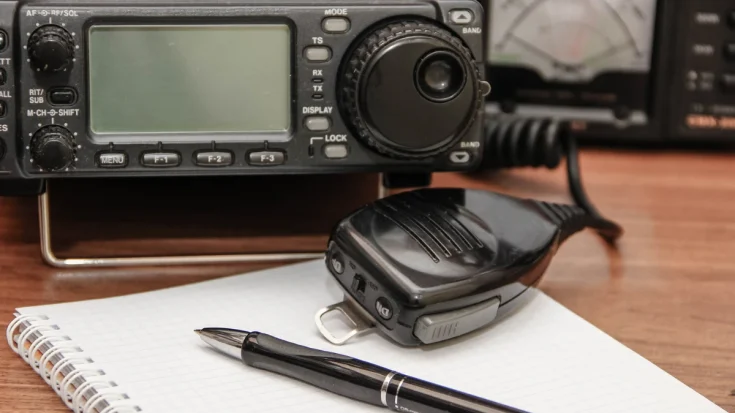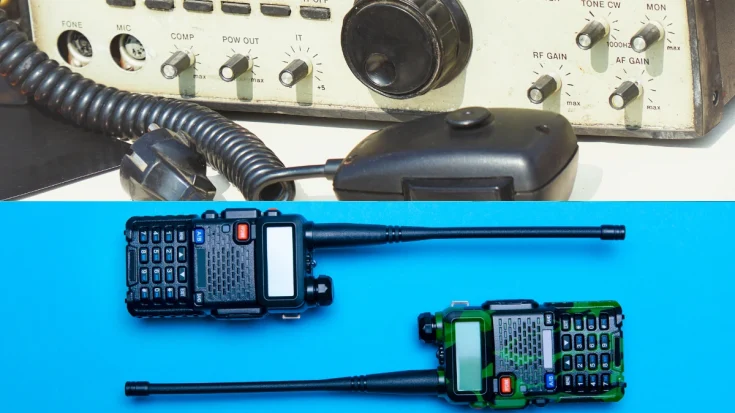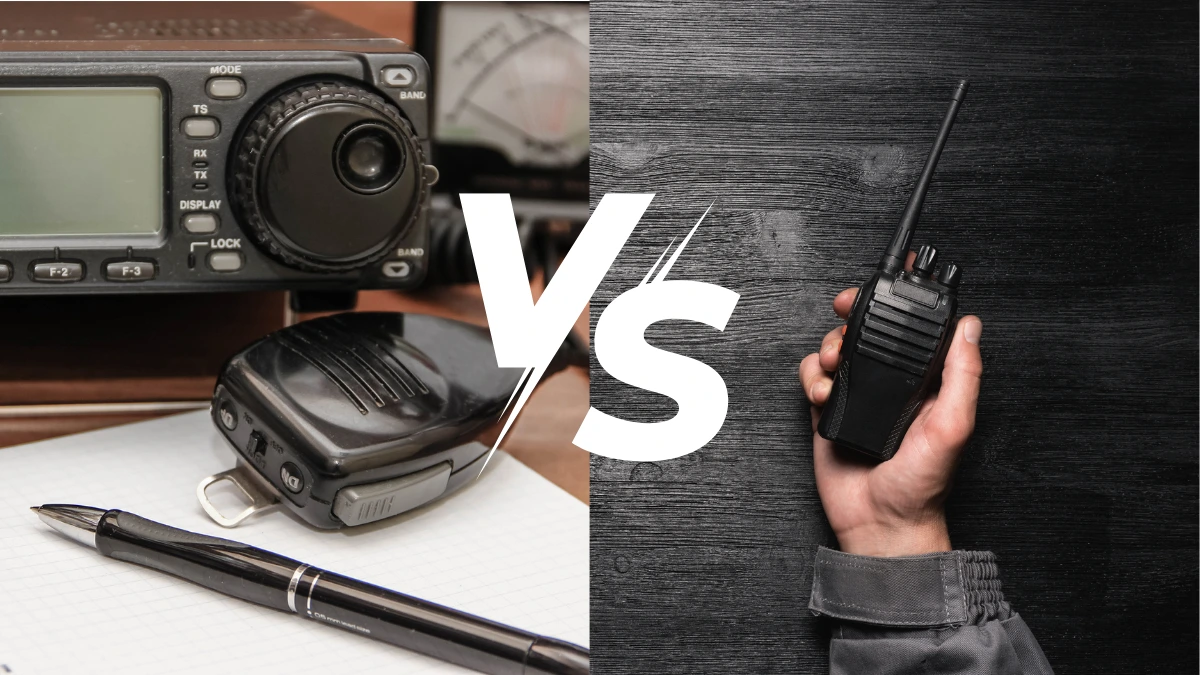Radio rigs and handy talky are devices that are often used in the world of remote two-way communication. Although at first glance similar, no one knows the radio rig vs handy talky.
Understanding the radio rig vs handy talky difference is very important so that you can determine which device is most suitable for your remote two-way communication.
This article will discuss the radio rig vs handy talky difference, so you can choose the right device for your long-distance communication.
Also Read
Table of Contents
What is a Radio Rig?

A radio rig is a two-way communication device that is often used for amateur communications, emergency operations, and military activities. As the name suggests, the device is used to send and receive radio signals using UHF or VHF frequencies. Uses of this device include
The term “rig” itself comes from the English word for ‘device’ or “system”. A rig is usually a portable, mobile (vehicle-mounted), or base station (fixed location-mounted) device. Thus, all systems used to communicate via radio waves are radio rigs.
In order to maximize the sending and receiving of radio signals, this communication device consists of several main components, namely transmitters, receivers, antennas, and control systems. The device has a wide range of up to tens of kilometers.
What is a Handy Talky?

A Handy Talkie (HT) is a two-way telecommunications device that operates using radio frequencies. It adopts push-to-talk (PTT) technology, where users simply press the “talk” button to communicate with other users.
HT is also known as a two-way radio. HTs have a wider range and clearer audio quality than walkie-talkies because they are more resistant to signal interference and terrain conditions.
Radio Rig vs Handy Talky Difference

To better understand the radio rig vs handy talky difference, let’s review five key aspects that differentiate the two.
1. Purpose of use
Radio rig: Used for professional communication in emergencies, such as in SAR operations, industrial use, amateur radio community.
Handy talky: Used for informal communication at a closer distance, such as for outdoor activities, work teams, or personal use.
2. Range
Radio rig: Has a wider range than HT, supported by the use of a good antenna.
Handy talky: Has a limited range, usually a few kilometers in urban areas.
3. Transmitting power
Radio rig: Has a higher transmitting power than HT, reaching 50 Watts or more.
Handy talky: Has a lower transmitting power than a radio rig.
4. Frequency
Radio rig: Uses a radio frequency that can be selected flexibly.
Handy talky: Uses radio frequencies with more limited options.
5. Antenna
Radio rig: Uses a larger antenna to increase range.
Handy talky: Uses a smaller, more compact antenna.
Here are the radio rig vs handy talky difference in a nutshell:
| Aspect | Radio Rig | Handy Talky |
| Purpose of use | Used for professional communication in emergencies | Used for informal communication at a closer distance |
| Range | Wide range | Limited range |
| Transmitting power | High transmitting power | Low transmitting power |
| Frequency | Can be selected flexibility | Limited frequency |
| Antenna | Large antenna | Small antenna |
Those are radio rig vs handy talky differences for your consideration to determine which is more appropriate for remote two-way communication according to your personal needs.
If you need long-distance communication with a wide range, then a radio rig is a good choice. However, if you just need a remote two-way communication on a limited range, you can choose a handy talky.


















